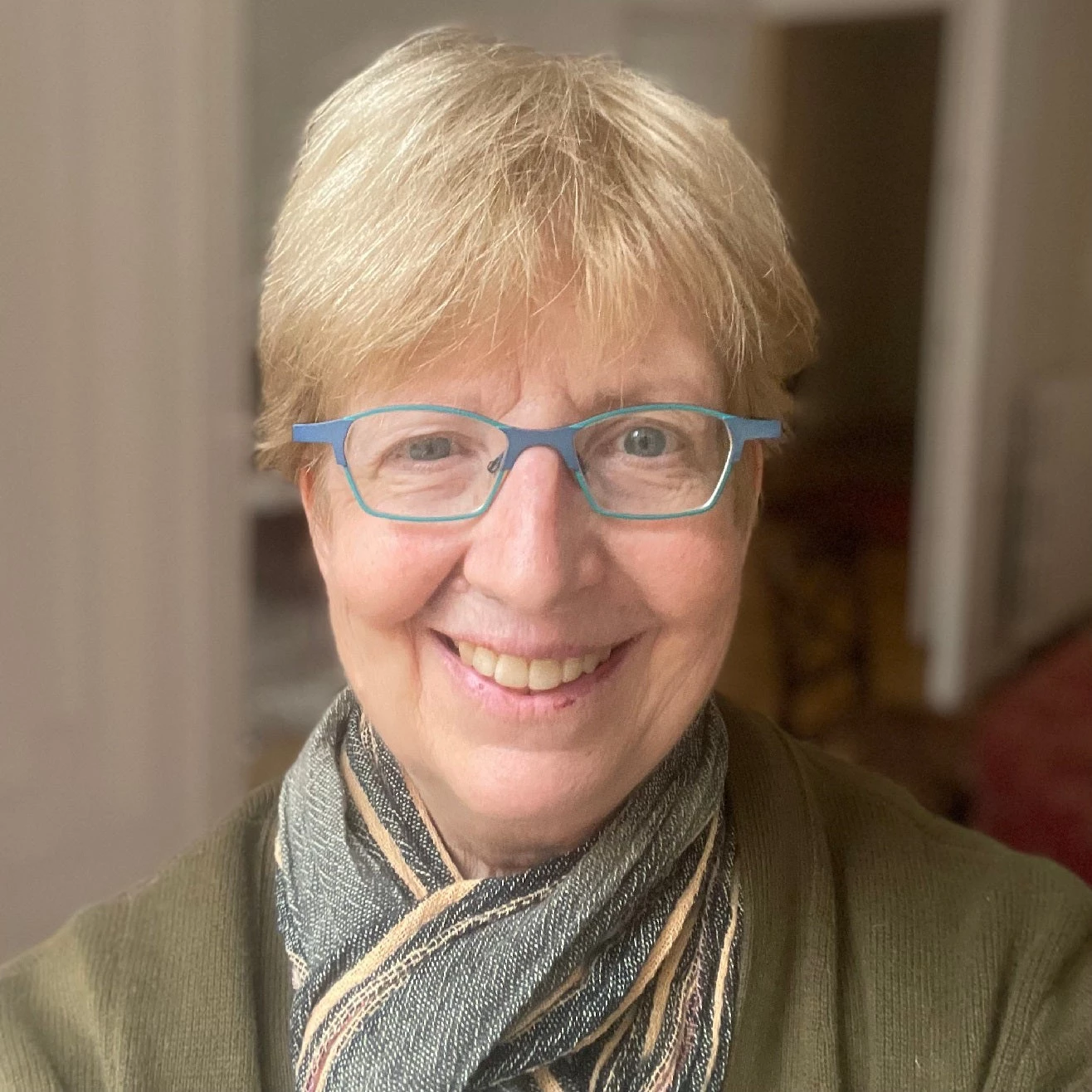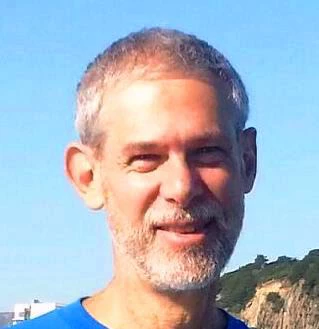Cities are where most people live and most economic activity takes place. Cities bring opportunities, but not equally for all residents. A lack of access, rights, and opportunities for people within cities undermines the positive role cities can play.
When people cannot find a decent and safe place to live, or are discriminated against because of their race, religion or where they live, or lack the skills, education and transportation needed to find a job to support themselves, something needs to change.
To make cities safer, more inclusive, and more resilient to a range of shocks and stresses, mayors, planners, and other city leaders should support integrated approaches promoting social, economic, and spatial inclusion. City leaders need to carry out this work in close partnership with the communities themselves.
From April 23–27, 2018, representatives from 16 cities in 13 countries visited Japan for a Technical Deep Dive on Safe, Inclusive, and Resilient Cities to learn from one another about improving urban safety, inclusion and resilience. In these videos, Jefferson Koije (Mayor of Monrovia, Liberia), Abdirahman Omar Osman (Mayor of Mogadishu, Somalia), Ellen Hamilton (World Bank Lead Urban Specialist), and Phil Karp (World Bank Lead Knowledge Management Officer) discuss how cities can address these crucial aspects of urban resilience. Watch to learn more.
Related:
- Brief: Inclusive Cities
- Subscribe to our Sustainable Communities newsletter and Flipboard magazine
- Follow @WBG_Cities on Twitter





Join the Conversation